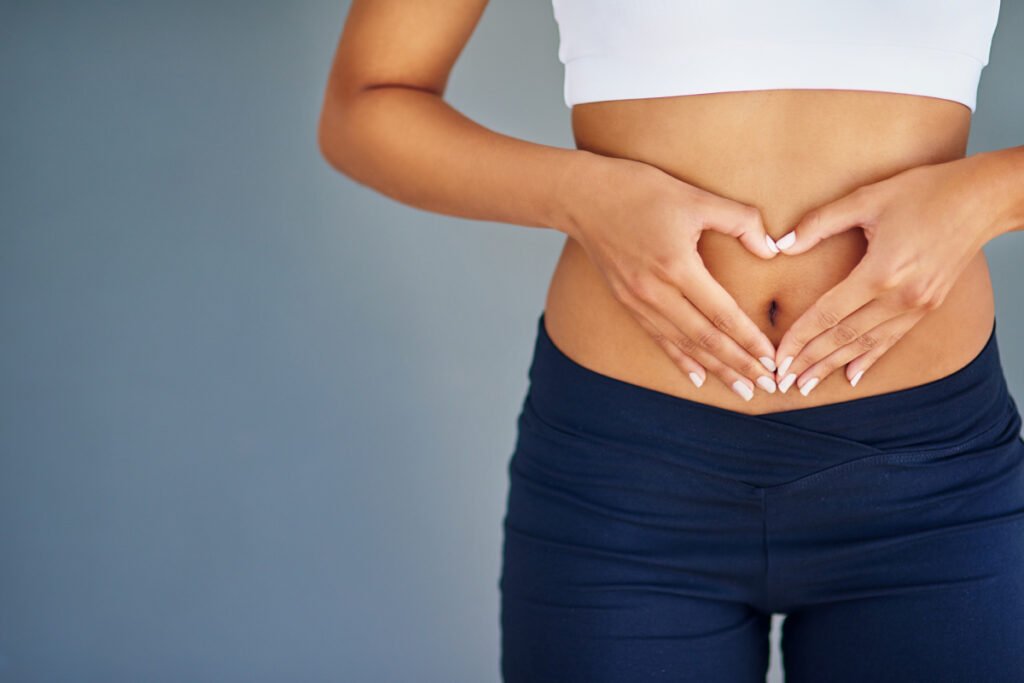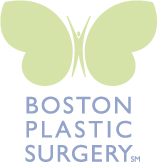Does CoolSculpting cause loose skin? Your CoolSculpting questions, answered
Posted on July 18, 2023 | by Boston Plastic SurgeryCoolSculpting® is the most popular non-invasive body contouring treatment at Boston Plastic Surgery, and for good reason. Its unique, FDA-cleared technology reduces unwanted fat in targeted areas, leaving you with curves in all the right places.
Here, our expert CoolSculpting technicians answer 7 CoolSculpting FAQs to give you the skinny on our go-to solution to get rid of “problem areas” once and for all!
Does CoolSculpting cause loose skin?
No, CoolSculpting alone does not cause loose skin. It uses a fat-freezing technology called cryolipolysis to target stubborn pockets of fat—fat cells are more susceptible to cold temperatures than the surrounding tissues, so only fat cells under the skin crystalize and die before being removed through your lymphatic system.
This more natural approach to body contouring typically does not remove enough fat at one time to cause lax skin in treated areas. In fact, CoolSculpting is FDA-cleared to actually improve skin laxity in the double chin (submental area), in addition to reducing fat in this area.
If you are concerned about or prone to sagging skin, Renuvion skin tightening is minimally invasive and achieves significant skin tightening almost anywhere on the body.
How much weight can I lose with CoolSculpting?
Patients may experience up to 25% fat reduction in the treated area with CoolSculpting; however, it’s not a weight-loss procedure, and results will depend on several factors:
- Your body composition
- The size of the treatment area
- The number of treatments you receive
- Your lifestyle
It’s best to view CoolSculpting as a tool to refine your contours and eliminate diet- and exercise-resistant fat bulges to help your body contouring journey feel more complete or inspire you to adopt healthier habits. CoolSculpting results are long-lasting and durable, so even if your weight fluctuates slightly over time, most patients are still pleased with their shape in treated areas.
CoolSculpting requires little-to-no downtime, and its targeted fat-loss results can help kickstart a more active lifestyle.
If you’d like more immediate and dramatic fat sculpting, body contouring with liposuction may be worth considering, as well.
Does CoolSculpting cause swelling?
Yes, some degree of mild swelling is common after CoolSculpting. Swelling or bloating is your body’s natural response to the procedure and typically subsides within a week or two. It’s a key step in the process as your body pushes extra fluids into treated areas to flush out dead fat cells, and it may be more noticeable in the abdominal area.
Staying hydrated and prioritizing movement of some kind will help optimize lymphatic functions and limit the swelling you experience—and help you see your results faster.
Can I get CoolSculpting if I’m pregnant?
No, CoolSculpting is not recommended if you are pregnant or planning to become pregnant. This restriction isn’t because CoolSculpting treatments are invasive or dangerous, but rather because no studies have been conducted to prove whether or not CoolSculpting is safe during pregnancy.
Additionally, pregnancy typically causes weight gain, so any efforts to target fat during pregnancy would likely be undone, or the weight may come off naturally after birth.
Once you’ve welcomed your bundle of joy and your body has had time to heal and stabilize, CoolSculpting can help diminish love handles, a tummy pooch, or any other problem area you’d like to address.
What areas can NOT be treated with CoolSculpting?
CoolSculpting is not suitable for areas with very little subcutaneous fat (the layer of fat right under the skin). The applicator uses suction to target and expose fat bulges to cold temperatures, so the treatment will be ineffective if there is not enough tissue to create a secure vacuum.
Other areas that should not be treated with CoolSculpting include fat pockets over metal, electrical, or electronic implants or devices—pacemakers, implanted defibrillators or neurostimulators, drug pumps, etc. And menstruating patients may choose to delay treatment or avoid targeting fat above the uterus until their cycle ends, especially if they expect cramping that may make treatment uncomfortable.
CoolSculpting is most often used in these FDA-cleared areas:
- Double chin and jawline
- Upper arm
- Bra bulges
- Abdomen
- Back fat
- Flanks (love handles)
- Thighs
- Under the buttocks (banana rolls)
What procedures go well with CoolSculpting?
Each patient’s aesthetic goals are unique, and your treatment plan can include any procedures you and your provider determine will help you look and feel your best. Some of the most popular add-ons to CoolSculpting include:
- Facial rejuvenation procedures, such as chin augmentation, can help achieve a sculpted chin and neck appearance to complement submental (double chin) fat loss.
- Injectable treatments such as Juvéderm, Restylane, or Sculptra dermal fillers or neuromodulators like Botox and Dysport can also enhance facial contouring results.
- Non-surgical treatments target skin imperfections on the face and body to achieve more comprehensive improvements to your overall appearance.
Who can perform CoolSculpting treatments?
CoolSculpting should only be performed by experienced aesthetic professionals who have trained specifically in the use of CoolSculpting. The treatment may be minimally invasive, but safe, optimal results depend on your provider’s experience and knowledge of both the machine and relevant anatomy and physiology. Our Boston medspa is overseen by board-certified plastic surgeon Dr. Fouad Samaha, and all our practitioners have undergone extensive training to provide safe and effective CoolSculpting treatments.
CoolSculpting in Boston, MA
We believe in personalizing your CoolSculpting treatment plan to align with your body contouring goals and make your experience comfortable, positive, and ultimately successful. If you have more questions or if CoolSculpting seems like the right step for you, call Boston Plastic Surgery at (617) 786-7600 or contact us online.

